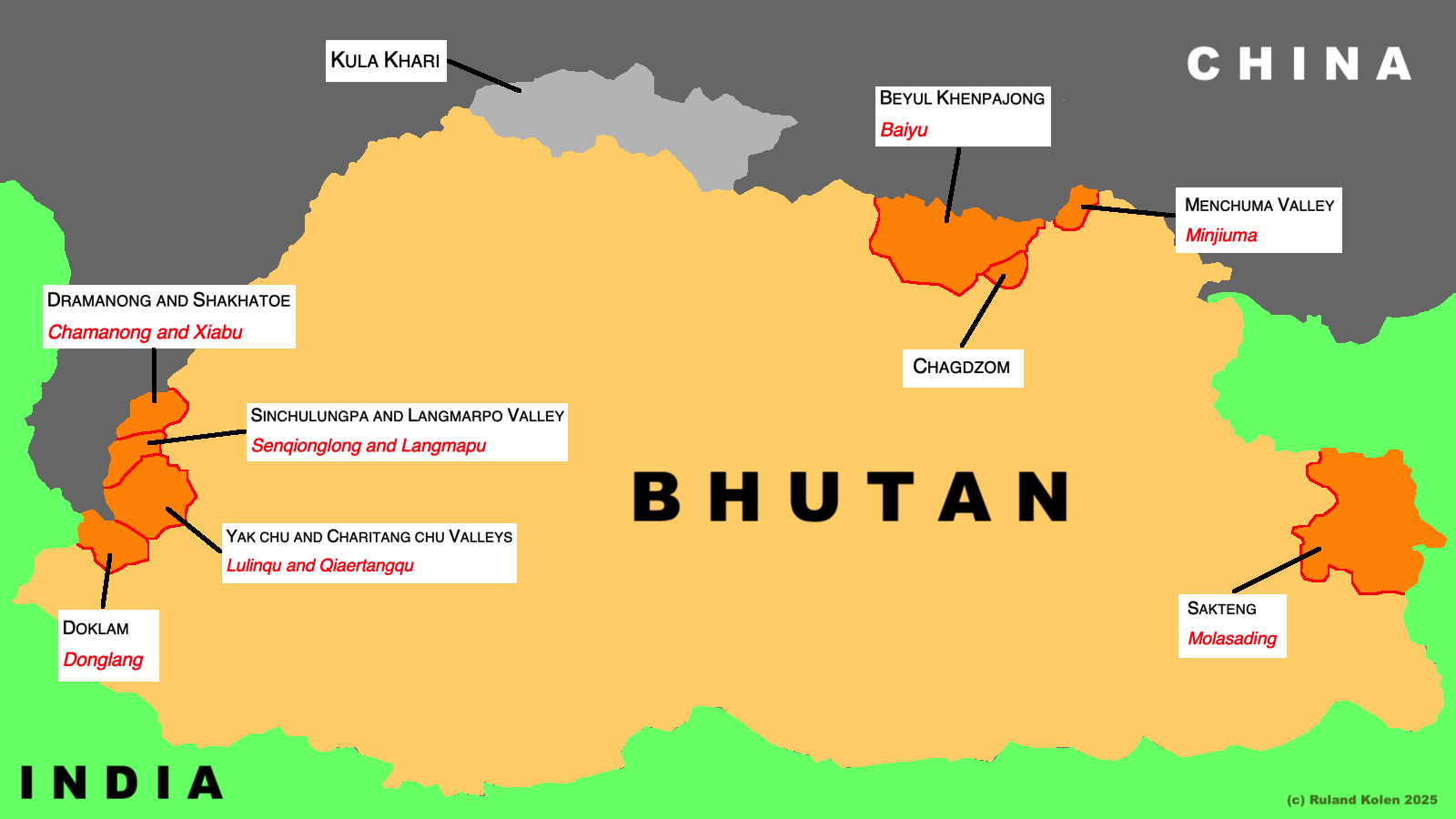Former Rocky Mountain News Editor John Temple on the future of print.
Question: Are there new media sites emerging that will drive innovation in media? John Temple: Yeah. I’m encouraged by that.
I look at The Daily Beast; I have The Daily Beast bookmarked. I think it’s a very clever site because it’s really selling a sensibility and a filter for people, plus some original content. It’s like, trust me to collate the news for you, plus I’m going to give you interesting perspectives that are unique to us. And so I think it’s a very clever daily online magazine, or minute by minute.
And I think GlobalPost is really exciting; and that how can I connect with the world? I mean, in ten years we should be so connected to the world that we’re able to say something’s happening in Georgia, the war in Georgia, that we’re seeing video in much more real time than seeing perspectives that we wouldn’t have seen when, say, CNN, BBC, and the American networks ruled the perspectives.
I welcome those initiatives and feel that. It’s encouraging to see them happening. Video technology is so cheap today compared to what it was. Computer storage is so cheap and there’s so much broadband availability. So, all these things are coming into place to allow a new world to emerge and these are some of the pioneers that you’re describing.
Question: Will the legacy media brands evolve or die?John Temple: I’m actually a long-term optimistic for some of these big brands because I think some mega-national brands have to survive. It's shocking to see what’s happened to the finances of The New York Times in particular. But ultimately what I wonder is whether we don’t have a world where you’ll have CNN.com and NYTimes.com, WallstreetJournal.com, or maybe they’ll have affiliate links in all these communities so that there’s actually a much deeper network. Maybe there’s some kind of affiliate relationship with Wallstreet Journal that would work where a local business paper would have the benefits of the Wallstreet Journal, would not have to duplicate what they do, but would provide that level of coverage in the Denver area, but wouldn’t have to try to any of the other stuff.
USA Today I think is positioned to do that same thing with USAToday.com. What I could see is almost like a mega-brand world with franchises in the markets and I would actually be interested to see if somebody would experiment along that line because I think that you could really reduce your overall cost in the market if you stripped away all these national responsibilities.
Question: How can newspaper franchising work?John Temple: To me it is. I was riding the subway today in New York with a woman who is reading an eight and a half by 11 version of The New York Times; very easy to read on a subway right?
In this case, let’s pretend that that New York Times was now in Denver, why would it come to my house in Denver with a four page wrap-up? And I don’t have to do major baseball except the Colorado Rockies. What is the value I’m adding to the customer? I don’t see it. I see that that’s a model that I would really like to see explored. And the problem right now is these mega-companies are so financially hammered that it’s hard to see them investing in these kinds of experiments because they can’t risk the capital, is what it feels like. But to me, the logical model is some of these affiliate relationships that benefit both sides.
Question: Will you miss long-form newspaper writing?John Temple: I love newspapers and I love putting together stories and packages that I know are really going to impact people and touch people.
What I wonder is maybe we could do more of that if we let the noise of some of the other stuff go away and we said to ourselves, okay, instead of producing seven day newspaper in Denver, two days a week, you get a beautifully written on Sunday. Really lively and sprightly and incredibly good writing and maybe I’ll give you the same on Wednesday or Friday. For the rest of the week, there’s nothing delivered to your house, there might be a three 24 page section, or else a very expensive 24 page section that the customer wants. But it’s not delivered to your house because that’s very expensive to drive down every street, everyday and to run the printing presses that way. But I’m delivering your fax machine at home, or on your Kindle, or I’m doing electronics delivery the other day, so I’m really reducing my cost, I’m putting the advertising OMF, where the advertising belongs.
And I think if we did that, maybe we could elevate newspaper writing because while you’re right that there’s wonderful newspaper writing, there’s also very pedestrian newspaper writing and couldn’t we be honest about being pedestrian.
All you need to know is some road open up and cars can drive on it again today. Well, we don’t have to make that elegant, it needs to be quick and informative and then the story of, let’s say, the Afghan refugee making a home in New York is rich and deep, it has a video component, is well written, you can talk and communicate with the person. If we could get to that kind of world, I would find that very exciting and I think its possible to have both.
Recorded: March 4, 2009.





